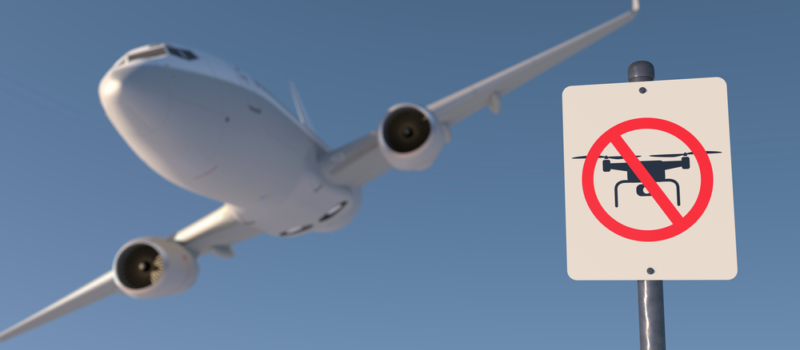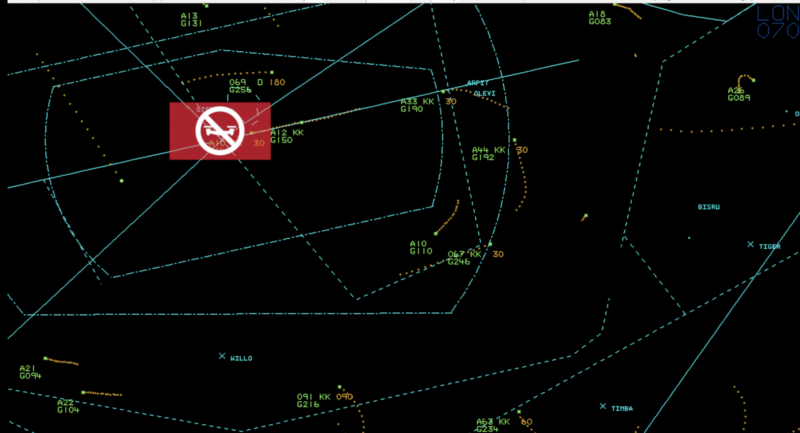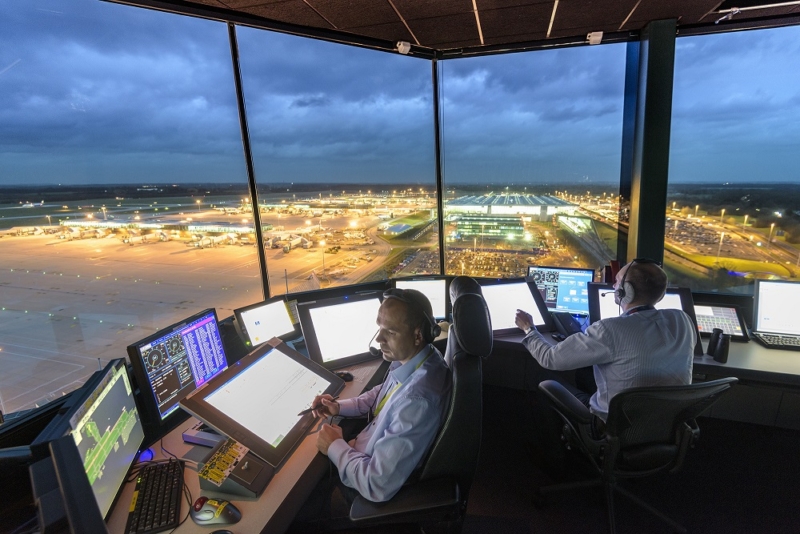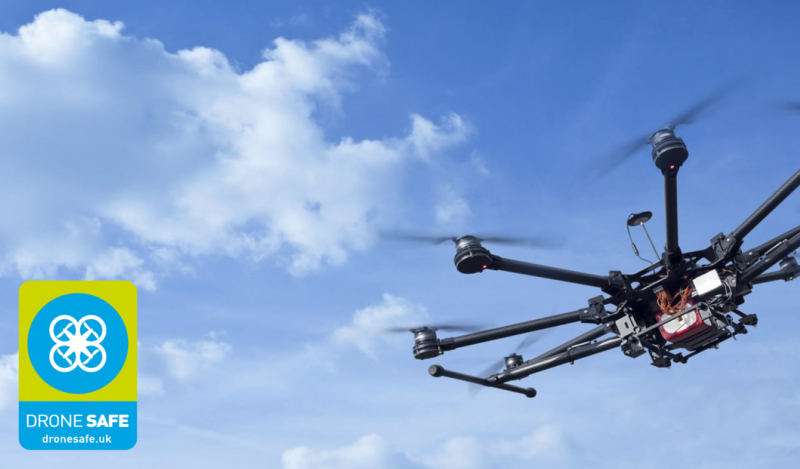The closure of Gatwick airport’s runway on Sunday, as a result of a drone flying in the way of arriving aircraft, has prompted further debate about how we deal with the growing number of drones in the skies.
Many drone pilots/operators are responsible and follow the rules set out in the Air Navigation Order and the CAAs Drone Code but sadly, we’re seeing significant and increasing numbers of safety incidents involving drones, with Gatwick’s the latest and most disruptive example to date.
We want to see a safe and successful integration of drones into today’s manned aviation industry but with more and more aircraft in our skies and significant growth forecast in both manned and unmanned aviation, now is the time for a serious debate about how we design and manage our airspace so that we can deal with all this traffic safely. Safety is our starting point and absolute priority. The challenge is ensuring safety when we can’t see everything going on in the skies above us.
Currently, airspace is divided up into different categories, with different rules for different classes of airspace. In ‘Class G’ airspace, which is open to leisure flyers, aircraft operate under ‘Visual Flight Rules’. Pilots flying in it – and that includes drone operators, hot air balloons, gliders and private aircraft as well as some commercial operators –are responsible for ensuring their own safety by looking out for other aircraft and avoiding collision; NATS has limited visibility via radar or any other surveillance mechanism to see the vehicles operating in that airspace unless they choose to broadcast their position through the use of transponder technology. Additionally, under current legislation, NATS does not have the remit or authority to manage aircraft operating in that airspace unless they request a service.
Airspace used by commercial aircraft is significantly different from the Class G airspace described above. In controlled airspace access is dependent on aircraft technology equipage and aircraft must be seen by, and take instruction from, air traffic control. The question that arises in light of the number of infringements of controlled airspace and the growing levels of traffic in all of the UK’s airspace is, Is this enough?
Source: UK Airprox Board
With infringements posing increasing safety risks and disruption and causing delays for thousands of passengers, perhaps now is the time to consider how we create a single class of seamless airspace with the right set of rules that allow safe separation of any type air vehicle – giving all users access to our precious airspace. This might need to start with a registration scheme for drones so that their pilots are known to the authorities, and accompanied by continued education to help reduce the risk posed by drones as the industry grows.
The biggest challenge for NATS if we’re to fulfil our role as guardians of the sky is knowing what’s going on everywhere in the airspace above us. Without a comprehensive picture of the airspace and visibility of who’s using it, the challenge of keeping our skies operating smoothly and safely becomes harder by the day.
Comments
Please respect our commenting policy and guidelines when posting on this website.




09.07.2017
10:39
Ciaran Carthy
During the proposed debate, it should be highlighted that those “responsible” drone operators who do comply with the Air Navigation Order and CAA Safe Drone Code have an an additional responsibility-to report and challenge non-compliant operators.
09.07.2017
16:51
Kevin Hunter
whilst I do not doubt idiots are Mis-using drones and flying where they should not, the constant reports of drone sightings by pilots have to my knowledge, never been corroborated with any photographic evidence. So called near misses have often turned out to have been plastic bags, balloons etc. The breeds scepticism and screams of scare mungoring.
Instead of introducing worthless legislation ( they will simply not register ) look at the various Facebook groups and prosecute all the idiots who post videos of illegal flights and report this on the news. That will have a positive result.
Make it a legal requirement to have B.M.F.A. Model insurance for all radio controlled devices. £25 million cover !
As an aero modeller of 40 years I do not want to see the hobby strangled by worthless legislation as all models will be classed the same when they are totally different entities.
09.07.2017
22:56
Ashley Harvey
Fantastic blog. Music to our ears. I am currently leading the wide subject of UAV / drones at Gatwick and would appreciate a contact so that we can further show our support to make this a safer and more accessible.